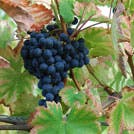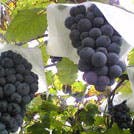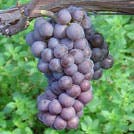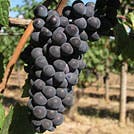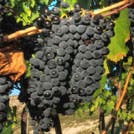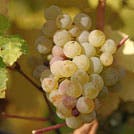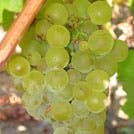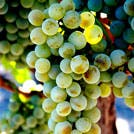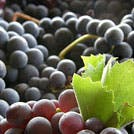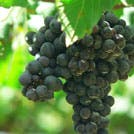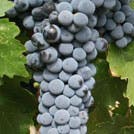Mourvèdre, Mataró, or Monastrell is variety of wine grape used to make both strong, dark red wines and rosés. It is an international variety grown in many regions around the world.
In Australia
There are around 12 square kilometres of Mourvèdre in Australia, with the most significant plantings in South Australia and New South Wales. It is usually found in Rhone-style GSM blends of Grenache, Shiraz, Mourvèdre. It has also found its way into Australian fortified wines.
Characteristics
Mourvèdre produces tannic wines that can be high in alcohol, and is most successful in Rhone-style blends. It has a particular affinity for Grenache, softening it and giving it structure. Its taste varies greatly according to area, but often has a wild, gamey or earthy flavour, with soft red fruit flavours.

